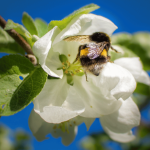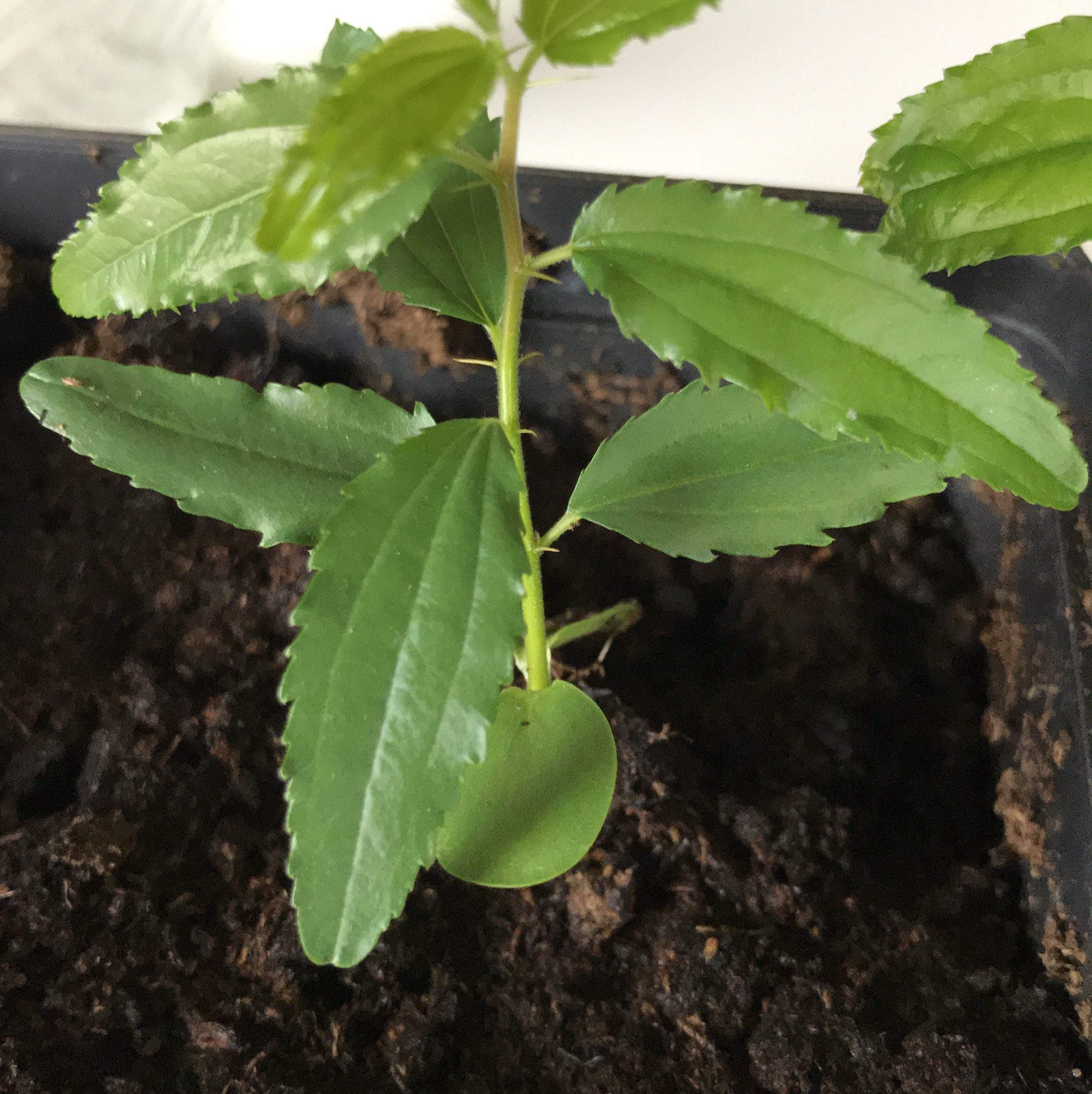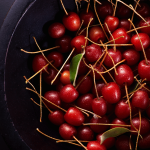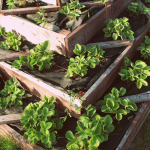The Environmental Upsides of Planting Plum Trees
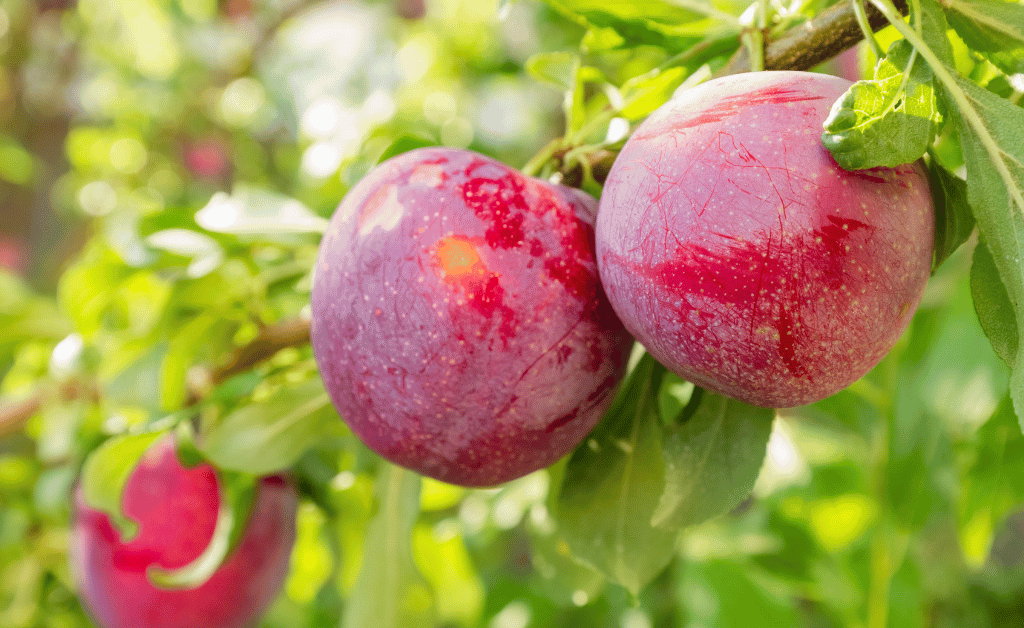
When it comes to gardening, the choices we make can have far-reaching impacts on the environment. One such choice is the type of trees we decide to plant. Enter plum trees (Prunus domestic)—a versatile and eco-friendly option that offers a plethora of benefits beyond just their delicious fruit. From enhancing soil health through their root systems to serving as a haven for pollinators, plum trees are a boon for any garden aiming for sustainability and diversity. This article will explore the various ways in which planting plum trees can positively impact not just your garden, but also the local ecosystem and, by extension, the planet. Whether you’re a seasoned gardener or a newbie looking to make responsible choices, you’ll find compelling reasons to make plum trees a cornerstone of your gardening strategy.
Why Plums? More Than Just a Sweet Treat
A Nutritional Powerhouse
Plums are not just delicious; they’re a nutritional goldmine. According to a Healthline article by Brianna Elliott, RD, one plum packs in a variety of essential nutrients:
- Calories: A mere 30, making it a guilt-free snack!
- Carbs: 8 grams, primarily natural sugars that provide quick energy.
- Fiber: 1 gram, aiding in digestion and fullness.
- Vitamin A: 5% of the Recommended Daily Intake (RDI), great for vision.
- Vitamin C: 10% of the RDI, a boost for your immune system.
- Vitamin K: 5% of the RDI, essential for blood clotting.
- Potassium: 3% of the RDI, helping to regulate blood pressure.
- Copper and Manganese: Each 2% of the RDI, both are vital for various physiological processes.
And let’s not forget a sprinkle of B vitamins, phosphorus, and magnesium. These nutrients contribute to everything from energy production to bone health.
More Than Just Vitamins and Minerals
But the goodness of plums doesn’t stop at vitamins and minerals. They’re also rich in antioxidants, which are crucial for fighting off free radicals in the body. These antioxidants not only boost your internal health but also contribute to skin radiance. So, eating plums can literally make you glow from the inside out!
The Eco-Friendly Benefits of Planting Plum Trees
Soil Health: More Than Just Dirt
Root System: A Blend of Stability and Nourishment
Plum trees boast a unique root system featuring fibrous roots along with a few anchoring “sinker” roots that delve down several feet. This dual structure serves multiple purposes. The fibrous roots spread near the surface, aiding in water retention and nutrient absorption, while the deeper “sinker” roots stabilize the soil, reducing erosion. This is especially beneficial in drought-prone areas, as the improved water retention reduces the need for frequent watering.
Nutrient Cycling: Nature’s Fertilizer
As plum trees shed their leaves and fruits, these organic materials decompose, releasing essential nutrients back into the soil. This natural recycling process reduces the need for synthetic fertilizers, contributing to a more sustainable and organic garden.
Pollinator Paradise: Not Just for Bees
A Diverse Pollinator Menu
The blossoms of plum trees are a pollinator’s dream. From bees to butterflies and even hummingbirds, these flowers offer a sweet nectar that aids in the pollination process. This is vital not just for the plum trees but also for the surrounding flora that relies on these pollinators.
Biodiversity: The Spice of Life
By attracting a diverse range of pollinators, plum trees contribute to a more resilient and biodiverse garden ecosystem. This diversity helps protect against diseases and pests that could otherwise wreak havoc in a less diverse setting.
Carbon Sequestration: Every Bit Counts
The Science of Carbon Storage
Trees are natural ‘carbon sinks,’ absorbing carbon dioxide from the atmosphere during photosynthesis. Plum trees, or Prunus spp., are no exception. According to a study conducted in Kyoto, Japan, they store this carbon in their wood, leaves, and roots, effectively mitigating the impact of climate change.
Pest Control: The Organic Way
Predator-Friendly
The ecosystem around a plum tree often includes natural predators like ladybugs and spiders. These critters help control pest populations, reducing the need for chemical pesticides.
Pest-Resistant Varieties: Choose Wisely
Certain plum tree varieties are naturally resistant to common pests. Opting for these can further reduce the need for chemical interventions, making your garden even more eco-friendly.
Water Quality: The Ripple Effect
Minimizing Runoff
Thanks to their robust root system, plum trees help reduce water runoff. This ensures that fewer nutrients and pesticides are washed away, leading to improved water quality in nearby water bodies.
Erosion Control: Hold That Soil!
The deep “sinker” roots of plum trees also play a role in preventing soil erosion, particularly on slopes and in areas prone to heavy rainfall.
Ready to Dig Deeper? Explore Erosion Control with Plants!
If you’re captivated by the eco-friendly benefits of plum trees, why not expand your knowledge even further? Check out our article on Plants for Erosion Control to discover how you can stabilize your landscape while being kind to Mother Earth. It’s a win-win for you and the planet!
Plum Trees in Non-Monoculture: A Symphony of Diversity
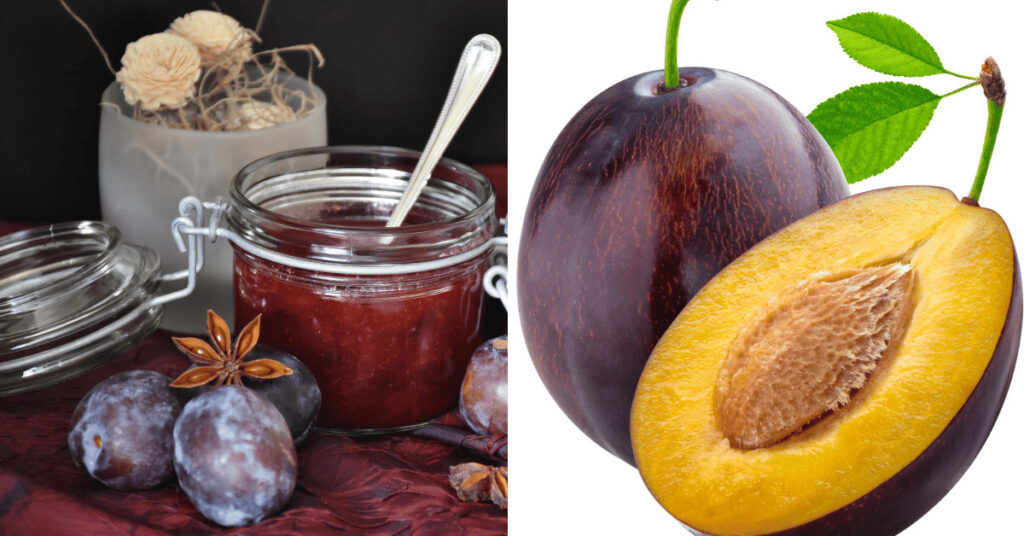
The Downside of Monoculture: A One-Note Song
Monoculture, the practice of growing a single type of crop over an extensive area, may seem like an efficient approach. However, it’s akin to playing just one note on a piano—monotonous and lacking in harmony. This one-note song can have detrimental effects on the environment and biodiversity.
The Scientific Backing: Dangers Beyond Agriculture
While the concept of monoculture is often associated with agriculture, its dangers extend into other domains as well. A paper titled “Avoiding Monocultures in the European Union” discusses the risks of analytical monocultures in conditions of uncertainty. It emphasizes the lack of robustness in one-size-fits-all approaches, a principle that can be applied to agricultural monocultures as well.
The Importance of Floral Diversity
Another study, “Peran Tumbuhan Berbunga sebagai Media Konservasi Artropoda Musuh Alami”, highlights the role of flowering plants like plum trees in ecosystems dominated by monoculture. It points out that the presence of diverse flora invites various fauna, contributing to a more stable and balanced ecosystem.
By diversifying our crops and incorporating trees like plums, we can create a symphony of ecological benefits, turning that one-note song into a harmonious melody that benefits not just us, but the planet as a whole.
Companion Planting: The Ensemble Cast
In a non-monoculture setting, plum trees can share the stage with a variety of other plants. Consider pairing your plum trees with herbs like basil or flowers like marigolds. These companions offer multiple benefits:
- Basil: Known to repel thrips, flies, and mosquitoes.
- Marigolds: Emit a scent that deters common garden pests.
The presence of different plants encourages a balanced ecosystem, where natural predators keep potential issues in check.
Crop Rotation: The Changing Seasons
While plum trees are perennials that will grace your garden year after year, the surrounding plants can be rotated. Crop rotation is a fantastic way to ensure that the soil remains rich in diverse nutrients. For example, legumes can fix nitrogen in the soil, benefiting the plum trees and any other plants that require this nutrient.
Polyculture: The Full Orchestra
Polyculture takes non-monoculture a step further by integrating not just different types of plants but also different agricultural practices. You could integrate animal grazing among your plum trees, for example. Chickens can naturally till the soil and help control pests, while their droppings act as a natural fertilizer.
Resilience: The Strength of the Collective
A garden rich in diversity is a resilient one. When you have a mix of plants, the garden as a whole is less likely to succumb to disease or adverse conditions. If one plant type suffers, others will thrive, ensuring that you don’t put all your eggs—or in this case, plums—in one basket.
Community and Ecosystem Impact: Beyond the Garden Fence
A non-monoculture garden doesn’t just benefit you; it benefits your local ecosystem. The diversity attracts a wider range of wildlife and supports various natural cycles. Moreover, if more people in your community adopt non-monoculture practices, the collective impact on local biodiversity can be significant.
Local Adaptation for Plum Trees: More Than Just a Buzzword
The Importance of Local Varieties
Choosing a plum variety that is native or well-adapted to your specific region is not just a trendy gardening tip; it’s an eco-conscious decision with far-reaching implications. Local varieties have evolved or been bred to thrive in your area’s specific conditions, be it soil type, climate, or even local pests.
Benefits for the Tree and the Ecosystem
Lower Maintenance
Local varieties are naturally suited to your environment, meaning they generally require less intervention to thrive. This aligns perfectly with eco-friendly gardening practices, as less intervention means a lower environmental footprint.
Disease Resistance
Trees that are well-adapted to your area are often more resistant to local diseases and pests. This natural resistance contributes to a healthier, more resilient garden ecosystem.
Supporting Local Biodiversity
By choosing a local or well-adapted variety, you’re also contributing to the preservation of local biodiversity. These trees are more likely to attract native pollinators and support local wildlife, creating a more balanced and sustainable ecosystem.
Community Impact: The Ripple Effect
When you opt for locally adapted plum varieties, you’re not just making a positive impact on your own garden; you’re contributing to a larger movement. If more people in your community adopt this practice, the collective impact on local biodiversity and ecosystem health can be significant.
How to Get Started
Choose Your Variety: More Than Just Flavor
Selecting the right plum variety is not just about the taste; it’s also about ensuring that the tree thrives in your specific environment. Here are some key factors to consider:
Temperature Tolerance: Know Your Zone
Different plum varieties are better suited for different climates. European plums, for example, generally prefer cooler climates, while Japanese plums can handle a bit more heat. Always consult the USDA zone compatibility when choosing your plum tree variety.
Chill Hours: Nature’s Clock
Plum trees have a “chill hour” requirement, which is the number of cold hours they need during winter to fruit effectively. Some varieties require as few as 300 chill hours, while others may need up to 1,000. Make sure the tree’s chill hour requirement aligns with the average winter temperatures in your area.
Planting Tips: The Blueprint for Success
- Spacing: Aim for at least 15-20 feet apart (4.5-6 meters)
- Soil: Opt for well-drained soil with a pH of 5.5-6.5
- Watering: Keep the soil consistently moist but not waterlogged
Conclusion
So, are you ready to make your garden a plum paradise? The benefits are clear: better soil, happier pollinators, and a more resilient local ecosystem. Plus, you get to enjoy some delicious, home-grown plums. It’s a win-win for everyone and Mother Earth!
Ready to Dig Deeper? Unearth the Secrets of Indicator Plants!
If you’re fascinated by the eco-friendly magic of plum trees, you’ll love diving into the world of indicator plants. These green wonders are like the Earth’s whisperers, giving us clues about soil health, moisture levels, and more. Ready to become a plant whisperer yourself?
Don’t miss our article on What Are Indicator Plants and What Can We Learn from Them?
Your garden will thank you!
Deepen Your Eco-Conscious Gardening Practices with Our Comprehensive Guide
If you’ve been inspired by the environmental benefits of planting plum trees and are keen to explore more eco-friendly options for your Scandinavian garden, our Top 10 Berries and Fruits for Scandinavian Gardens: A Comprehensive Guide is an essential read.
This guide serves as a comprehensive resource for gardeners who are committed to sustainability, biodiversity, and eco-conscious choices, much like you are with plum trees.
Why This Guide is a Natural Extension of Your Interests:
- Eco-Friendly Choices: Learn about other fruits and berries that offer environmental benefits similar to plum trees, such as soil health improvement and carbon sequestration.
- Biodiversity and Pollinators: Discover fruits and berries that attract a diverse range of pollinators, contributing to a balanced and resilient ecosystem.
- Sustainable Agriculture: Gain insights into sustainable cultivation methods that align with your interest in eco-friendly gardening practices.

